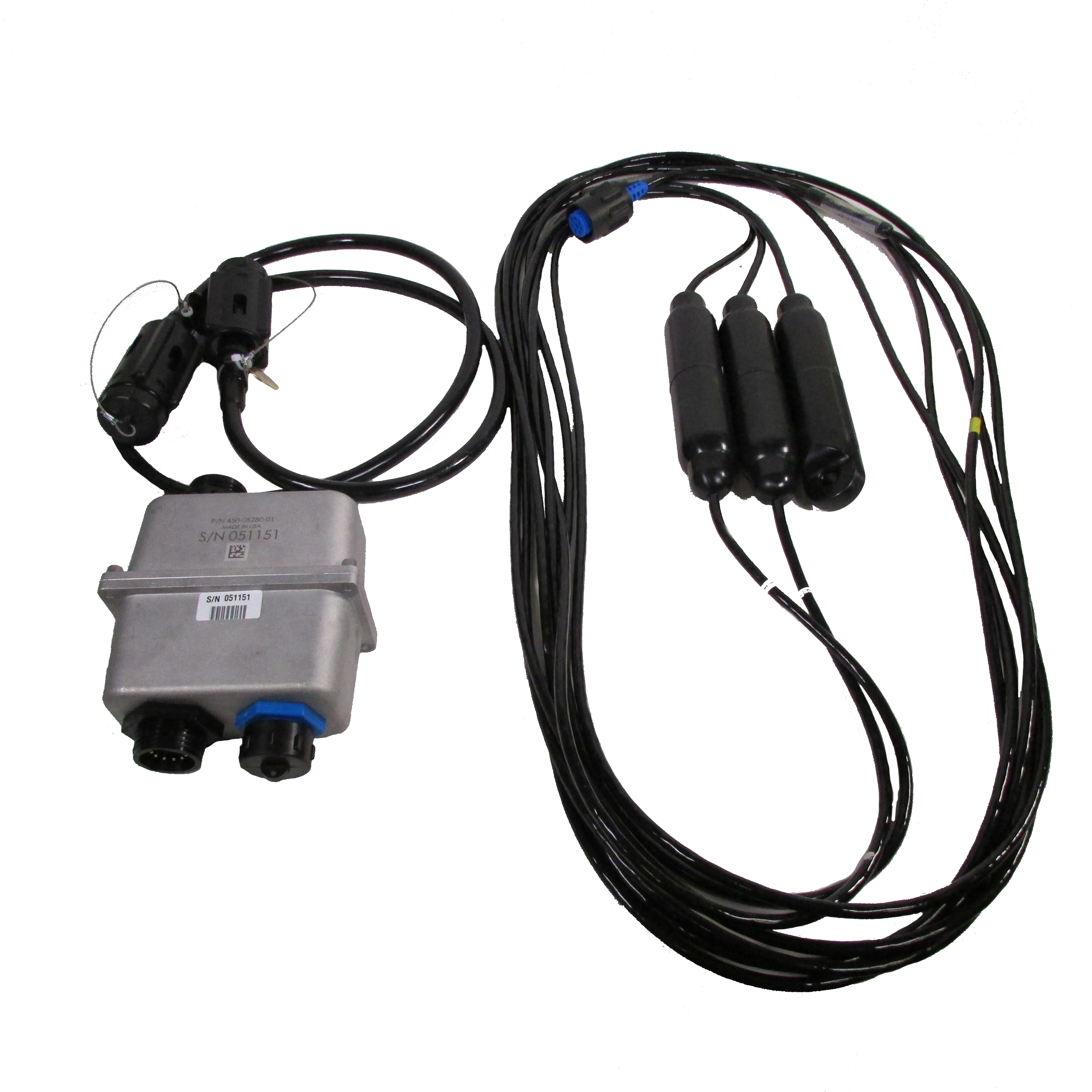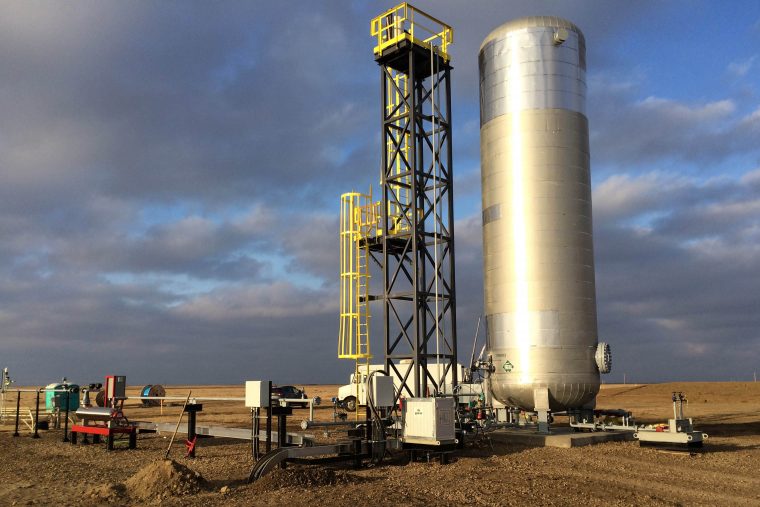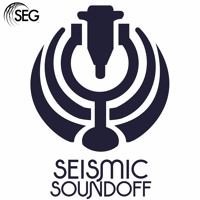Passive, Persistent, Permanent Reservoir Monitoring (P3RM)
DERIVED from DEFENSE Technology
for the PASSIVE SEISMIC market
We LISTEN to EVERYTHING
Passive seismic monitoring provides a critical function for the rapidly expanding Energy Sector for which now includes climate change is a key driver. The primary goal of passive seismic monitoring is to leverage subsurface microseismicity associated to pressure changes in the reservoir from fluid injection or extraction. When done with sufficient fidelity, persistent seismic monitoring helps operators reduce risk and liability, remain compliant, and increase operational efficiencies.
However, listening to everything continuously presents a variety of challenges. SADAR® was designed to meet those challenges and perform. despite the common challenges associated with subsurface monitoring for microseismicity in the presence of cultural noise.
Whether in the presence of cultural noise, a desire for a reduced sensor footprint and channel count, or real-time information, the persistent subsurface monitoring for microseismicity is now possible.
SADAR® – THE BENCHMARK FOR PASSIVE
MONITORING
Geospace Technologies and our subsidiary Quantum Technology Sciences are committed to environmental energy advancement. Over two years, we integrated our deep expertise in robust data acquisition systems with sophisticated real-time analytics to create an end-to-end system for Persistent Passive Seismic Monitoring known as SADAR-Earth.
SADAR-E taps into 15 years of prior SADAR design to meet the U.S. Departments of Defense and Homeland Security requirements with groundbreaking security benefits. SADAR-E is a network of phased, compact arrays that offers distinctive advantages to traditional passive seismic monitoring approaches.
From dealing with noise and clutter sources to providing real-time, actionable results, the features and benefits are significant.
P3RM APPLICATIONS
Carbon Capture & Storage
CCUS and gas storage require effective Measurement, Monitoring, and Verification (MMV) to de-risk operations, sufficiently meet regulatory compliance (verification), alleviate public safety concerns, and count for offset certification.
Enhanced Geothermal Systems
Projected to grow 26x over the next few decades, EGS requires monitoring to ensure a confident understanding of the subsurface response to temperature changes in order to maintain asset value.
Wastewater Disposal
Real-time affordable, high-fidelity monitoring of disposal sites allows operators to ensure public safety while maintaining operational efficiency.
Steam Assisted Gravity Drainage
Oil sands comprise 24% of the world’s energy resources and SAGD significantly benefits from a real-time understanding of the reservoir’s response to steam pressures.
FEATURES & BENEFITS
PERSISTENT
By definition, monitoring is persistent. Always on, never off, 24/7/365
REAL-TIME
Actionable results to drive informed decision making
SPATIAL FILTERING
Steers to the sources to improve location estimation and remove unwanted noise and clutter
REDUCED CHANNEL COUNT
Lower costs to acquire, deploy, and maintain
REDUCED SURFACE FOOTPRINT
Environmental benefit, operational savings, improved HSE
SENSITIVE
Enhanced signal allows for greater range to source
Featurette: Carbon Storage Monitoring Capability
PARTNERSHIP WITH LEADING CARBON STORAGE RESEARCH TEAM IN CANADA
Geospace subsidiary, Quantum Technology Sciences, in partnership with Carbon Management Canada is refining and validating the performance of passive seismic technologies for real-time monitoring of underground containment operations. This collaboration marks the first time that compact phased seismic arrays for carbon storage monitoring will be studied.
P3RM in the Media
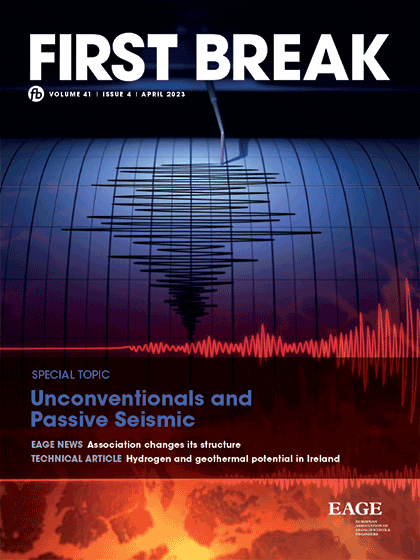
FIRST BREAK | April 2023 Issue
Performance Outlook for SADAR Array Network at Newell County Facility
Paul A. Nyffenegger, Jian Zhang, Elige B. Grant, Derek Quigley, Kevin D. Hutchenson, Mark A. Tinker, Don C. Lawton and Marie Macquet summarize several fundamental results from a year of continuous monitoring of at an active carbon storage facility in Canada using the SADAR permanent array network.
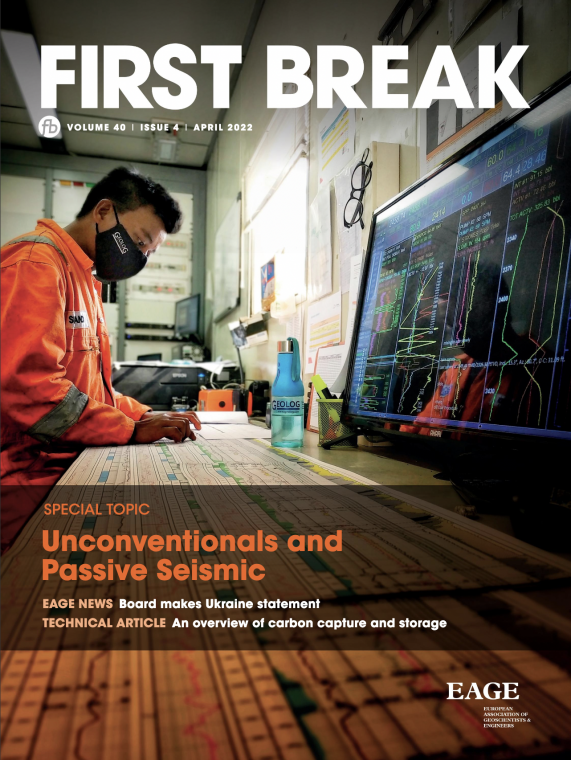
FIRST BREAK | April 2022 Issue
Compact Phased Arrays for Microseismic Monitoring
Paul A. Nyffenegger, Mark A. Tinker, Jian Zhang, Elige B. Grant, Kevin D. Hutchenson and
Don C. Lawton demonstrate the promising performance of permanently deployed, networked
SADAR arrays to detect and locate microseismicity associated to CO2 storage reservoirs.
In-depth conversations in applied geophysics
Episode 142: How to technologically scale CCUS
Dr. Don Lawton of Carbon Management Canada and Dr. Mark Tinker of Quantum Technology Sciences discuss the latest technological advances for carbon capture, utilization, and storage (CCUS).
Information Request
Related Products
